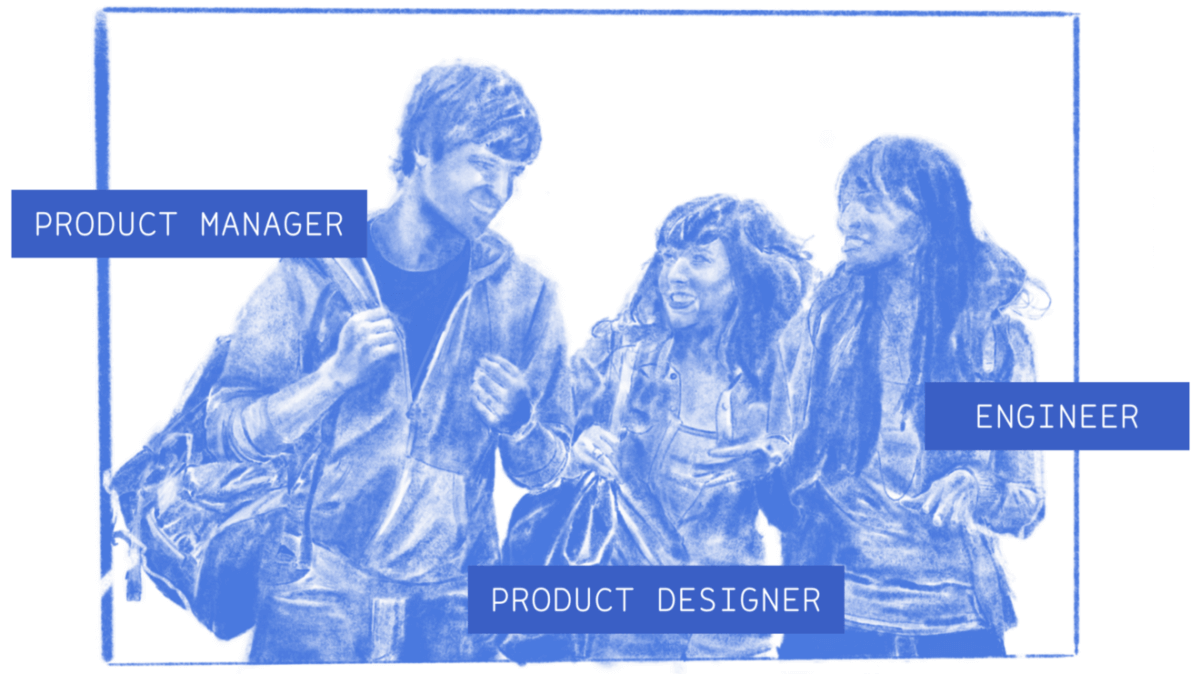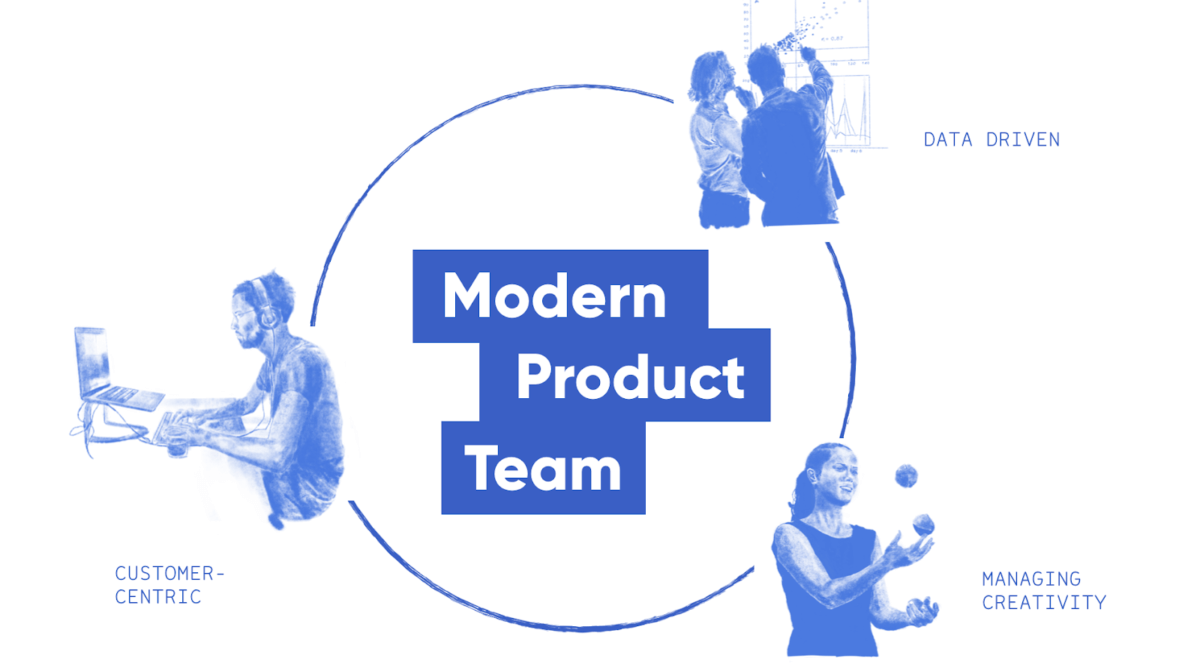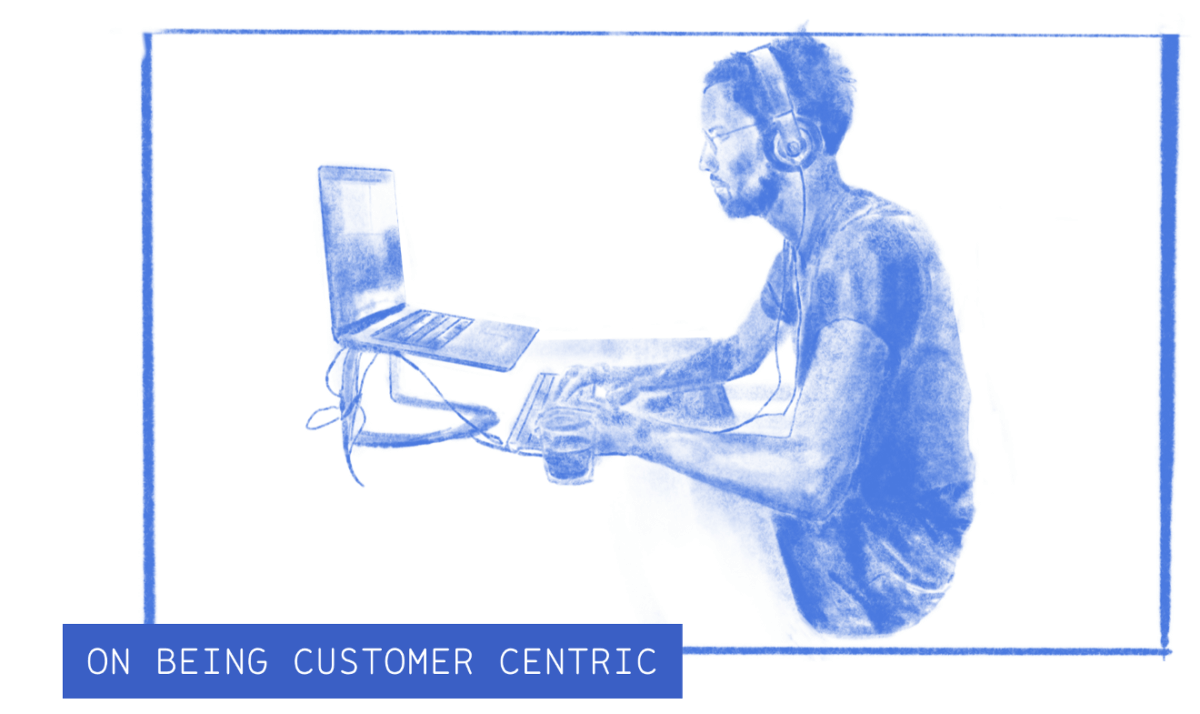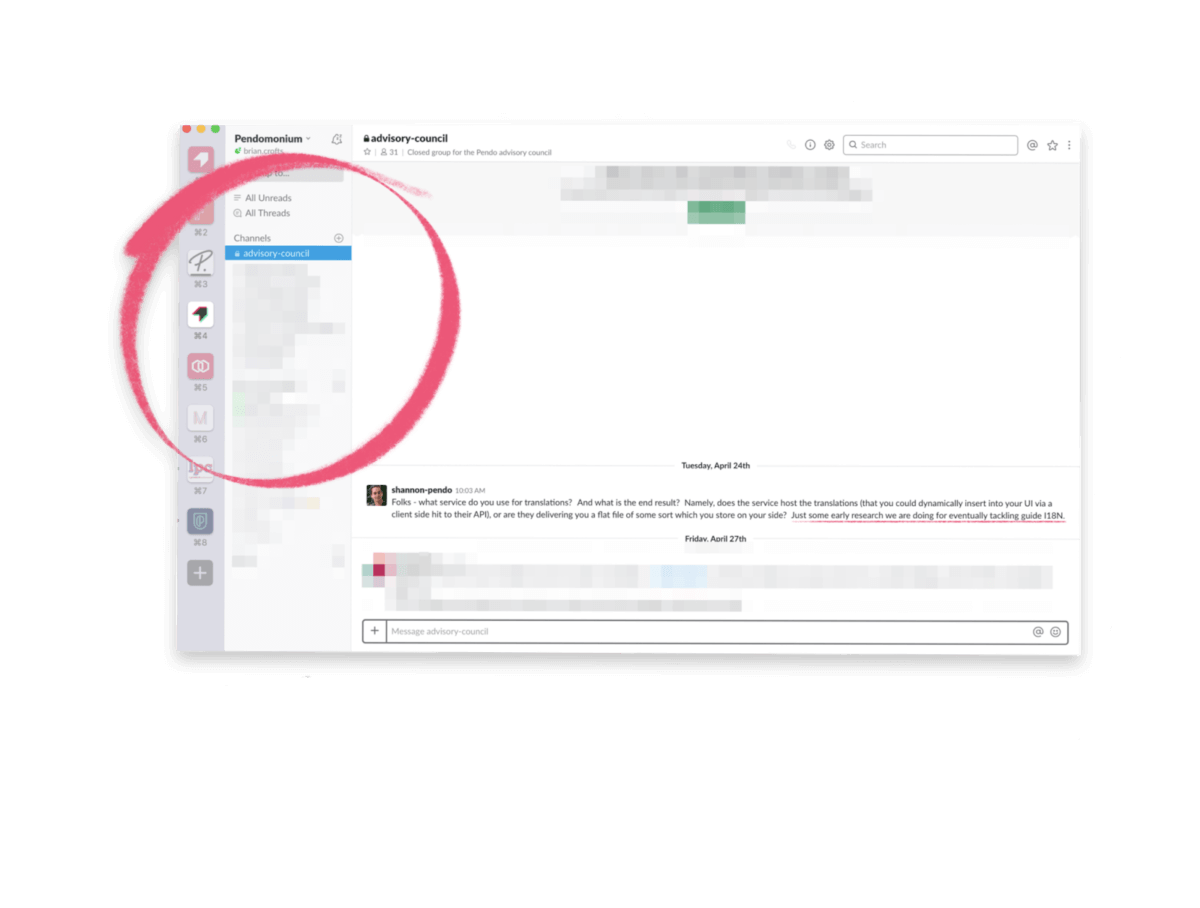This past year, my family gave me a Peloton for Christmas. The next day was my first ride. At first, it felt like any ordinary ride. Then, 15 minutes into it, the trainer congratulated a few riders on their hundredth class, two hundredth, etc.
And then she said, “Keep it going, Brian … ride number one!”
Did she just give me shout out? Wow! I felt like I was right there in the studio with my own personal trainer. I was connected. It was a moment of unexpected delight. A moment I’ve now shared at least a dozen times.

Designing for Delight
As product leaders, we’re always thinking about ways to delight our customers. Why? Because delighted customers share their experiences with others — just like I did. They become advocates — they spread the good word. And when they do, they affirm a unique bond with your product and become your best sales team.
But why don’t we, as product leaders, spend more time designing for delight, creating advocates, and driving word of mouth?
Because it’s hard.
I’ll admit, it’s not always my focus. I get distracted, I make impatient decisions, and I sometimes skip steps. We all do. Why? Because managing products takes a lot of time and effort. It takes coordination, spending time with customers. It takes leaving the office, listening intently and observing customers in the wild. That takes a lot of time.
Building a Team That Can Carry the Vision
Which is why you need to build the right team around you. The key to delivering delight is all about how you construct and compose your product team.
This team should be comprised of product managers, designers, and engineers, all with equal seats at the table, and all focused on creating amazing experiences at scale — with speed and efficiency.

Last month, my colleague Adrienne Gajownik and I spoke on this topic at Front, a case-study style product management and design conference in Salt Lake City (you can watch the full talk here).
We discussed how modern teams are built on traditional PM principles yet find ways to be more efficient and effective as a cross-functional team as they seek to create delighted customers. It’s the same, but different.
We highlighted three key lessons from our own experiences. I’ll describe the first of three principles here and save the other two for subsequent articles.

Part 1: On Being Customer Centric
You may have seen the piece I wrote about an experience I had earlier in my career as a product manager at Intuit. An engineer called Matt and I were visiting a customer. We wanted to observe her running payroll at the end of the month using QuickBooks.
After she was finished, we asked a few questions. Not too long into the interview, she showed us a break in her process — where she had created a workaround to accommodate what was otherwise a bad workflow. We felt responsible. I did, anyway.
Then Matt did something odd. Without warning, he got up and walked out of her office. I apologized for his abrupt departure and we did our best to keep going.
After the meeting, I sent Matt a text from the parking lot: “where are you?”
No response.

So I just went back to the office, a bit perplexed. Fifteen minutes later I saw Matt back at his computer, headphones on, typing away.
“Where’d you go, Matt?”
“I can fix this,” he said without looking up. “I can fix it.”
Of course, he could have excused himself more gracefully, but I knew exactly where this was coming from. I went from feeling frustrated to extremely proud. I loved Matt’s determination to turn empathy into action. He saw our customer’s pain and wanted to fix it. Now. It’s that simple.
But again, this takes time and energy. How can we continue to bring the team along, and build deep empathy, while increasing speed and efficiency along the way?
In addition to involving our engineers earlier in the discovery process, we can find ways to increase inclusion on a daily basis across a variety of activities.
On my team, we’ve been using Slack, among other tools, to increase exposure and collaboration with our customers. Here are two things that have worked for us:
-
Expose Your Entire Team to NPS (In Real Time)

We integrated NPS with Slack so our team is notified immediately after a new score from a customer is posted.
In this first screenshot, you see two things:
1) The score from the customer that also includes important metadata like the user’s role, company name, email, etc. It also includes verbatim the why behind the user’s score
2) the flurry of activity moments after a lower score was posted
-
Actively Engage Your Customer Council Online

I am going to assume you work with an advisory council. If you don’t, it’s often a great idea.
An advisory council is a thoughtfully curated set of customers to help you and your product team cultivate and progress ideas, solidify your strategy, and help craft the future.
All of our council members can be found on a specific Slack channel, which each product manager has access to. We use this channel to solicit feedback in real time. We may ask a question or post a Zoom link to jump on a video with us to collaborate on the latest prototype. This way, we can easily bring engineers and designers to listen, participate, or direct the working session.
Note, this isn’t meant to replace customer observation, user testing, etc. But it does expose the broader team to customers in a way that is both efficient and effective. It’s a tactic that enriches our overall strategy of engaging with your customers.
Customer Centricity, at Scale
I’ve written before about The Rise of Product Leadership and the need to be customer backed and data-driven. Most teams buy into this premise but often ask, “how do you find the time?”
The reality is that there has never been a better time to build software. We have incredible tools and always-improving “best practices.” When utilized, we can be much more efficient and maintain effectiveness.
The things that worked for my team might work for your, or they might not. More than anything, these ideas represent the same principles that have always been true in creating and designing amazing product experiences. Building your team is the first step, and aligning them around values can help you find that much needed time. Check back soon for Part 2: On Being Data Driven.

